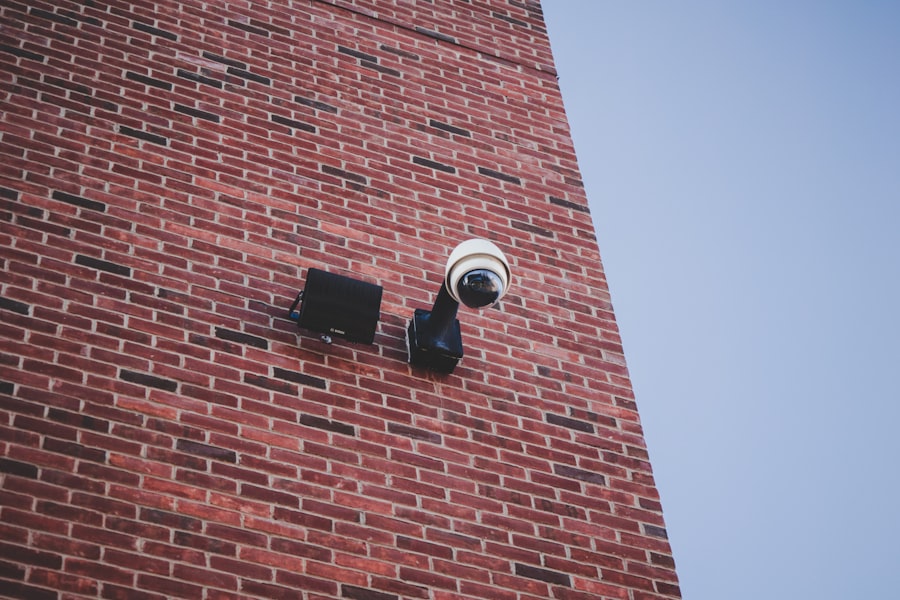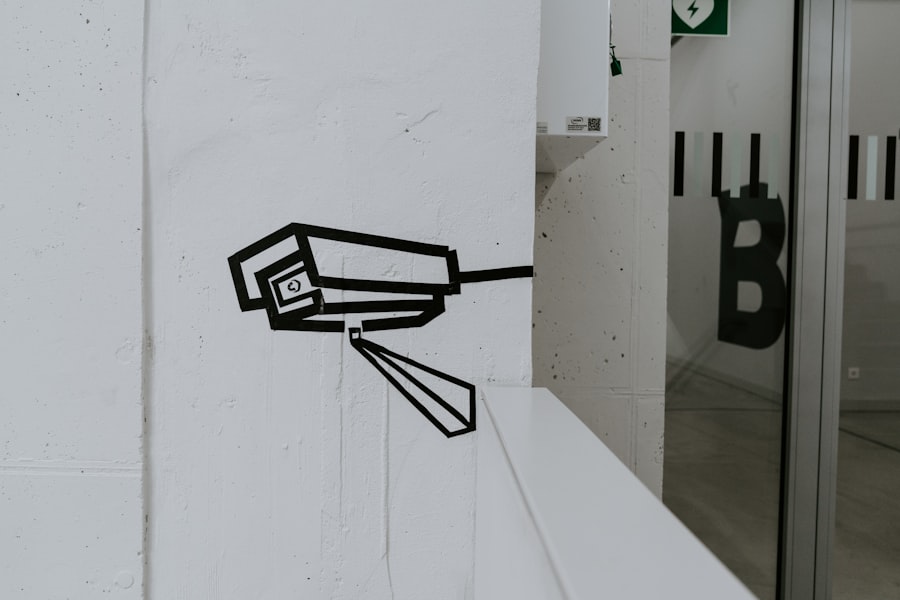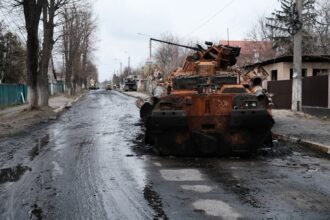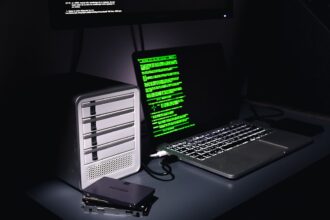The origins of Cold War espionage can be traced back to the aftermath of World War II, a period marked by the rapid emergence of the United States and the Soviet Union as superpowers. As these two nations began to assert their dominance on the global stage, ideological differences between capitalism and communism fueled a climate of suspicion and rivalry. The end of the war did not bring about peace; instead, it set the stage for a prolonged period of tension, where intelligence gathering became a crucial tool for both sides.
The need for information about military capabilities, political intentions, and technological advancements drove both nations to invest heavily in espionage. In this context, espionage evolved from traditional spying into a sophisticated and multifaceted operation. The establishment of organizations such as the Central Intelligence Agency (CIA) in the United States and the KGB in the Soviet Union marked a significant shift in how intelligence was gathered and utilized.
These agencies were tasked with not only collecting information but also conducting covert operations that could influence political outcomes. The ideological battle between the two superpowers created an environment where espionage was not merely a tool of statecraft but a vital component of national security strategy.
Key Takeaways
- Cold War espionage was fueled by the ideological and political differences between the United States and the Soviet Union.
- Spies played a crucial role in gathering intelligence and conducting covert operations during the Cold War.
- Espionage techniques during the Cold War included code-breaking, surveillance, and the use of double agents.
- Famous Cold War spies such as Aldrich Ames and Kim Philby had a significant impact on the outcome of the Cold War.
- Intelligence agencies such as the CIA and KGB were heavily involved in Cold War espionage, shaping international relations and global politics.
The Role of Spies in the Cold War
Spies played an indispensable role during the Cold War, acting as the eyes and ears of their respective governments. Their activities ranged from gathering intelligence on military installations to infiltrating political organizations. The information they provided was often critical in shaping foreign policy decisions and military strategies.
For instance, spies were instrumental in uncovering Soviet missile sites in Cuba during the Cuban Missile Crisis, an event that brought the world to the brink of nuclear war. This incident underscored the importance of timely and accurate intelligence in averting potential disasters. Moreover, spies were not just passive collectors of information; they were often active participants in covert operations aimed at destabilizing enemy regimes or supporting friendly governments.
The CIA’s involvement in coups, such as the overthrow of Iran’s Prime Minister Mohammad Mossadegh in 1953, exemplifies how espionage extended beyond mere surveillance to direct intervention in foreign affairs. These actions had far-reaching consequences, often leading to long-term geopolitical ramifications that continued to affect international relations long after the Cold War ended.
Espionage Techniques and Methods Used During the Cold War

The techniques and methods employed in Cold War espionage were diverse and continually evolving. Traditional methods such as human intelligence (HUMINT) remained vital, with operatives often working undercover to gather information directly from sources within enemy territories. However, as technology advanced, so did the methods of espionage.
Signals intelligence (SIGINT), which involves intercepting communications, became increasingly important. Both superpowers invested heavily in developing sophisticated listening devices and satellite technology to monitor each other’s communications. In addition to these technological advancements, psychological operations played a significant role in espionage during this era.
Spies were trained not only to gather information but also to manipulate perceptions and create disinformation campaigns that could sway public opinion or destabilize governments. The use of double agents—individuals who worked for one side while secretly providing information to the other—added another layer of complexity to espionage operations. These techniques highlighted the intricate dance of deception that characterized Cold War intelligence activities.
Famous Cold War Spies and Their Impact
| Name | Country | Impact |
|---|---|---|
| Aldrich Ames | United States | Caused significant damage to US intelligence operations by spying for the Soviet Union and Russia |
| Kim Philby | United Kingdom | Inflicted severe damage on Western intelligence by working as a double agent for the Soviet Union |
| Anna Chapman | Russia | Involved in a high-profile espionage case in the United States, leading to strained diplomatic relations |
| Aldrich Ames | United States | Caused significant damage to US intelligence operations by spying for the Soviet Union and Russia |
Throughout the Cold War, several spies gained notoriety for their daring exploits and significant impact on international relations. One of the most famous was Aldrich Ames, a CIA officer who was arrested in 1994 for spying for the Soviet Union. His betrayal led to the exposure of numerous American agents in Eastern Europe, resulting in dire consequences for those involved.
Ames’s case illustrated how internal threats could be as damaging as external ones, prompting agencies to reevaluate their security protocols. Another notable figure was Kim Philby, a British intelligence officer who was part of the infamous Cambridge Five spy ring. Philby’s espionage activities provided critical information to the Soviets during a time when Western intelligence was focused on countering communist influence.
His defection to Moscow in 1963 shocked the West and raised questions about loyalty and trust within intelligence communities. The actions of these spies not only shaped the course of the Cold War but also left lasting legacies that continue to influence how espionage is perceived today.
The Intelligence Agencies Involved in Cold War Espionage
The Cold War saw the rise of several intelligence agencies that played pivotal roles in espionage activities. The CIA emerged as a key player for the United States, tasked with gathering intelligence and conducting covert operations worldwide. Its operations spanned from Latin America to Southeast Asia, often involving controversial tactics that sparked debates about ethics and legality.
The agency’s involvement in events such as the Bay of Pigs invasion highlighted both its ambition and its limitations. On the other side, the KGB served as the Soviet Union’s primary intelligence agency, responsible for both foreign intelligence and domestic security. Its extensive network of spies and informants allowed it to maintain a tight grip on information within the USSR while simultaneously gathering intelligence on Western nations.
The KGB’s methods were often ruthless, employing intimidation and coercion to ensure loyalty among its operatives. The rivalry between these two agencies fueled a competitive atmosphere that drove innovation in espionage techniques and strategies.
The Impact of Cold War Espionage on International Relations

Cold War espionage had profound implications for international relations, shaping alliances and influencing diplomatic negotiations. The constant threat of espionage created an atmosphere of mistrust between nations, complicating efforts to establish meaningful dialogue or cooperation. For instance, incidents such as U-2 spy plane shootdowns heightened tensions between the United States and the Soviet Union, leading to public confrontations that further entrenched their adversarial positions.
Moreover, espionage activities often influenced military strategies and defense postures. The intelligence gathered through espionage allowed nations to assess their adversaries’ capabilities accurately, leading to arms races that defined much of the Cold War era. The fear of being outmaneuvered or outgunned prompted both superpowers to invest heavily in their military capabilities, resulting in an escalation of tensions that had global repercussions.
The Use of Propaganda and Disinformation in Cold War Espionage
Propaganda and disinformation were integral components of Cold War espionage strategies employed by both sides. Each superpower sought not only to gather intelligence but also to shape narratives that would bolster its ideological stance while undermining its opponent’s credibility. This battle for hearts and minds extended beyond traditional military confrontations into media campaigns designed to influence public perception.
The use of disinformation tactics included planting false stories or manipulating information to create confusion among enemy ranks or sway public opinion against rival ideologies. For example, during various conflicts around the world, both superpowers engaged in campaigns that portrayed their actions as noble while depicting their adversaries as aggressors. This manipulation of information contributed to a polarized global landscape where truth became increasingly elusive.
Technological Advancements and Cold War Espionage
Technological advancements played a crucial role in shaping Cold War espionage practices. The development of satellite technology revolutionized intelligence gathering by allowing nations to monitor vast areas without physical presence on the ground. Satellites equipped with high-resolution cameras provided invaluable reconnaissance capabilities, enabling both superpowers to track military movements and assess potential threats from afar.
Additionally, advancements in cryptography transformed communication security during this period. As both sides sought to protect their sensitive information from interception, sophisticated encryption methods became essential tools for secure communication among operatives. These technological innovations not only enhanced intelligence capabilities but also underscored the importance of staying ahead in an ever-evolving landscape where information warfare became increasingly prevalent.
The Legacy of Cold War Espionage in Modern Times
The legacy of Cold War espionage continues to resonate in contemporary international relations and intelligence practices. Many of the techniques developed during this era remain relevant today, as nations grapple with new challenges posed by globalization and technological advancements. Cyber espionage has emerged as a modern battleground where traditional methods are adapted for digital environments, highlighting how lessons learned from Cold War experiences inform current strategies.
Furthermore, the ethical dilemmas surrounding espionage persist in modern discourse. As governments navigate issues related to privacy, surveillance, and national security, debates about the morality of spying continue to evoke strong opinions on both sides. The historical context provided by Cold War espionage serves as a reminder of the complexities involved in balancing security needs with ethical considerations.
The Ethical and Moral Dilemmas of Cold War Espionage
Cold War espionage raised significant ethical and moral dilemmas that continue to provoke discussion today. The justification for spying often hinged on national security concerns; however, this rationale frequently clashed with principles of individual rights and privacy. Instances where innocent individuals were harmed or manipulated for political gain highlighted the darker side of intelligence operations, prompting questions about accountability and oversight.
Moreover, the use of torture or coercive tactics during interrogations further complicated ethical considerations surrounding espionage activities. As agencies sought actionable intelligence at any cost, moral boundaries were often blurred, leading to practices that many deemed unacceptable. These dilemmas underscore the ongoing struggle within intelligence communities to reconcile operational effectiveness with adherence to ethical standards.
Cold War Espionage and its Influence on Pop Culture
The intrigue surrounding Cold War espionage has left an indelible mark on popular culture, inspiring countless books, films, and television series that explore themes of secrecy, betrayal, and heroism. Iconic characters such as James Bond epitomize the glamorous yet dangerous world of spies, capturing public fascination with tales of adventure set against a backdrop of geopolitical tension. Moreover, real-life espionage stories have been adapted into compelling narratives that highlight both the heroism and moral ambiguity faced by spies during this tumultuous period.
Documentaries and dramatizations have brought attention to lesser-known figures whose contributions shaped history while also shedding light on the complexities inherent in their actions. This cultural portrayal serves not only as entertainment but also as a lens through which society can examine its own values regarding secrecy, loyalty, and justice. In conclusion, Cold War espionage was a multifaceted phenomenon that significantly influenced international relations during a critical period in history.
From its origins rooted in post-World War II tensions to its lasting legacy today, espionage shaped not only military strategies but also cultural narratives that continue to resonate with audiences worldwide. As nations navigate an increasingly complex global landscape, understanding the lessons learned from this era remains essential for addressing contemporary challenges related to security and ethics in intelligence practices.




